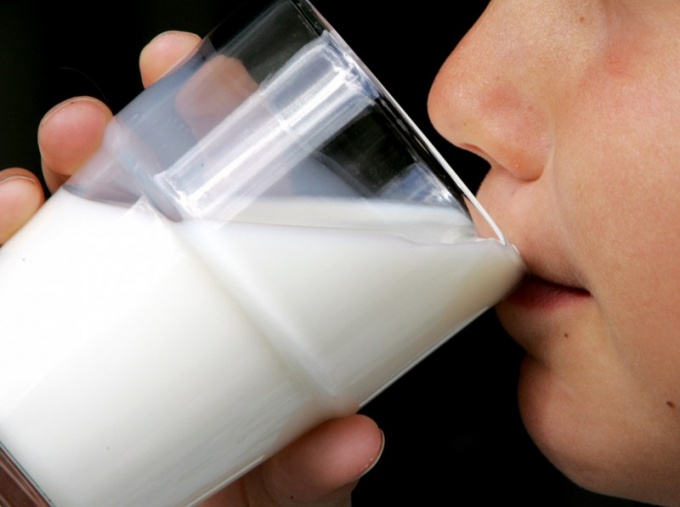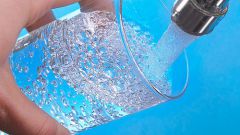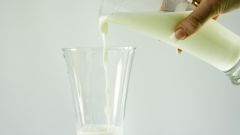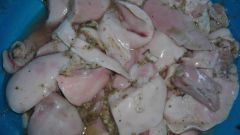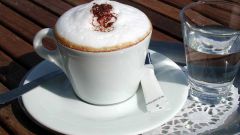Foam milk
If to speak is simplified, the foam is just fat. Although in reality its membership is a bit more complicated. It includes fats, minerals and milk proteins – casein, albumin and globulin. Most of the casein (about 82% of the total shares of all proteins), slightly less than albumin (12%) and globulin (6%).
Despite the fact that the foam is often removed from the milk before its ingestion, nothing harmful in it. Just its texture becomes stronger as soon as cooled milk and swallow it whole becomes difficult.
It is necessary to distinguish the foam, which gives whole milk on standing (there mainly fat) and the foam formed when boiling the milk.
The foam formed during boiling at the moment of reaching the temperature of approximately 50 °C. Under the influence of the temperature of the milk protein begins to change its qualities, and there is foam.
Another reason why foam quickly try to get rid of even at the time of boiling, is that it is not breathable, completely covering the surface of the milk. The foam was immediately removed, because the boiling air rising from the bottom of the pan, finds no way out. So the milk boil over, what will never be happy, no housewife.
How is the foam?
If you focus on the chemistry of the processes that create foam in milk, they look so. During boiling, proteins, primarily albumin, begin to curl. Minerals such as calcium and phosphorus are transformed into insoluble compounds.
Milk fat coats all the resulting solids and the result is a solid film that can be removed from the surface of the milk with a wooden stick the whole layer. In cooking, there are tips on drying this foam (or freezing). When it has dried, it is cut into small pieces and served to the table.
The thickness of the foam depends on the fat content of milk. Most her from whole milk, store-bought (skim) milk foam practically does not give.
Known cases, when the skin can damage: can cause headache, nausea, skin rashes and itching, intestinal and digestive disorders. The reason may be a lack of lactose – an enzyme that breaks down milk sugar in the body. Or individual sensitivity to dairy proteins.
If the child does not want to drink milk due to foam, then it is better to get rid of this before the glass of milk fall on the dining table. You can replace the boiled milk other dairy products (kefir, yoghurt, curd desserts etc.). Conversely, if the child loves the foam, it is more convenient to remove it from the surface of milk, straws.
